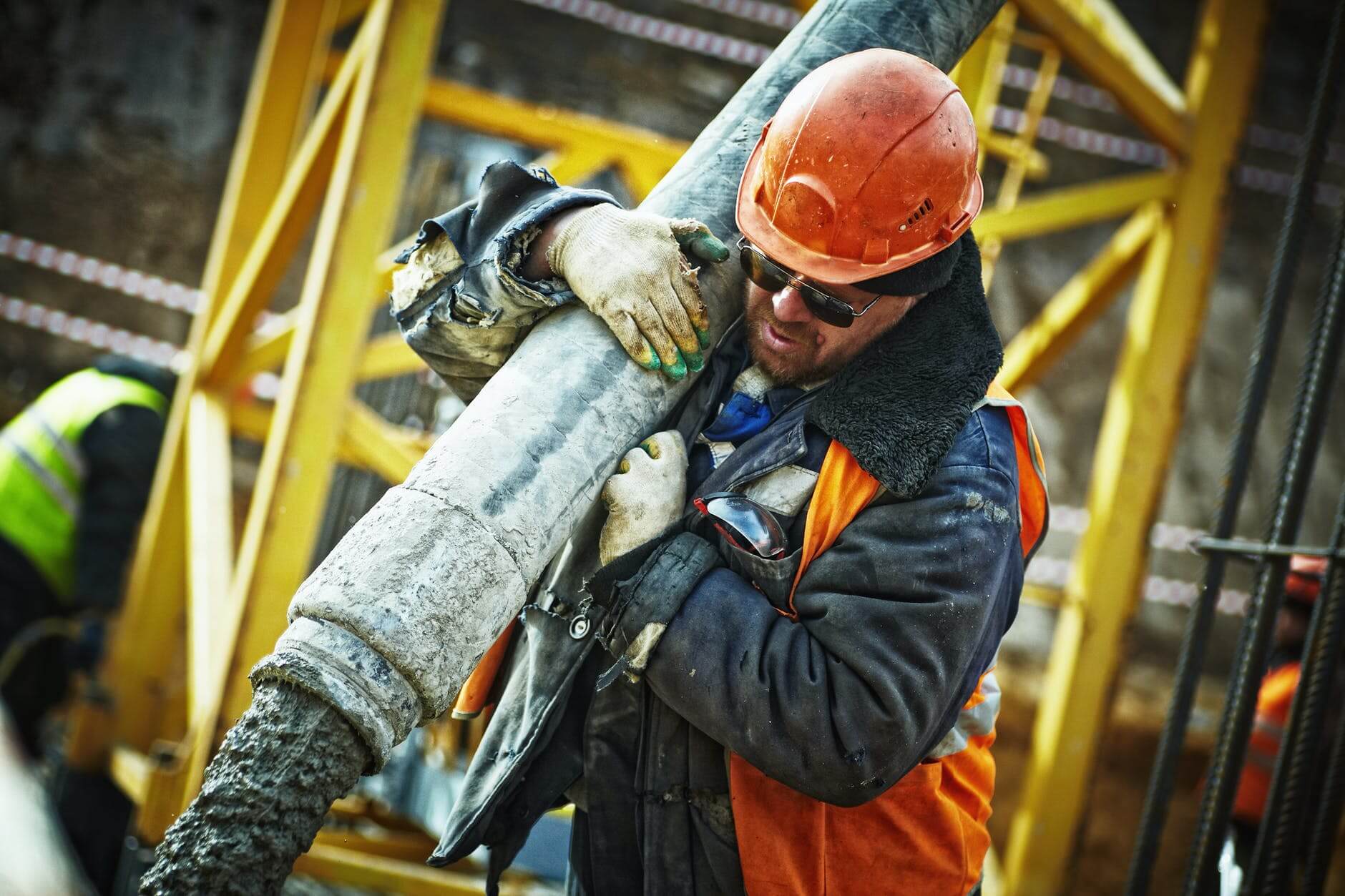Protecting Yourself During A Construction Project
Most construction workers understand that the work that they do comes with more danger than the average job. However, that doesn't mean that you have to simply tolerate a higher risk of injury. With that higher risk should come a higher level of protection provided by your employer or lead contractor, as well as higher sensitivity to that risk from yourself. As such, here are some of the ways that you need to make sure that you're protecting yourself throughout a construction project.
Always wear the correct protective gear
Construction sites are fraught with the potential for injury. This is well known, which is why they're so well supplied with personal protective gear. Any employer or site leader should have their own PPE. However, you could go the extra mile and invest in your own to make sure that you're always stocked up. A site without PPE isn't worth working in, but coming equipped with your own customer helmets, safety goggles, knee pads, gloves, high-vis jackets and so on might help you ensure that you stay safe. Of course, you also need to recognize when your PPE is no longer fit for purpose and when it should be exchanged for new equipment, instead. It could be the difference between a minor injury and a serious incident.
Be mindful of noise risks as well
When we think about construction accidents and injuries, we tend to think of physical injuries, bone damage, lacerations, and so on. However, one that should not be forgotten is the risk to your ears. Construction sites often reach noise levels of over 75 decibels, which is when you're at risk of hearing loss. As such, making sure that you're wearing ear protection, even custom earplugs if necessary, should be as much of a priority as any other kind of PPE.
Identify, report, and record hazards
If you're not the lead contractor or employer in charge of a construction project, then your ability to influence the working conditions may be limited. As such, you might not be able to prevent every hazard that could lead to injury. However, you can make sure that any hazards that you do notice are identified. Reporting these hazards to the head of the site should be welcomed, as keeping a safe site is essential for a successful construction business. If they don't act on it, then you then also have grounds for legal action against them should that hazard lead to an accident, which they should have taken the time to fix.
See responsibility taken where it should be
You cannot prevent every accident or hazard on the construction site. You can try and contribute to a safer site, but injuries can happen. If they happen to you, then you need to make sure that responsibility is not foisted on you when it shouldn't be. Many construction sites do have clauses that workers can be terminated or have to rely on their own insurance if they are injured and it's their fault. However, if it's not your fault, you may still find that some employers or lead contractors are unwilling to take responsibility for a construction injury, which can put you in financial distress to go with the physical pain of an accident. If that's the case or you think it is likely to be the case, you should look for legal assistance sooner rather than later. The better you can prepare a case with evidence, the more likely you are to see responsibility taken where it should be.
Ensure your own ongoing training
To make sure that you continue to be aware of the risks of the workplace, then you should continue to invest your time into construction health and safety training, especially if you spend time in high-risk environments. Simply being trained once isn't enough. Repeat and ongoing training can make sure that your standards for safety do not slip over time and you can make sure that you get the adequate training that you need for specific dangers, such as working at height or working with specific kinds of machinery. What's more, in construction, additional training can even help your career, such as preparing the path to become a health and safety office that can help employers and lead contractors better manage their project environments.
You can't prevent every single accident from happening but you can make sure that you're doing everything in your power to personally keep yourself safe and to make sure that responsibility falls where it should. Hopefully, the tips above can help with that.
839GYLCCC1992




Leave a Reply